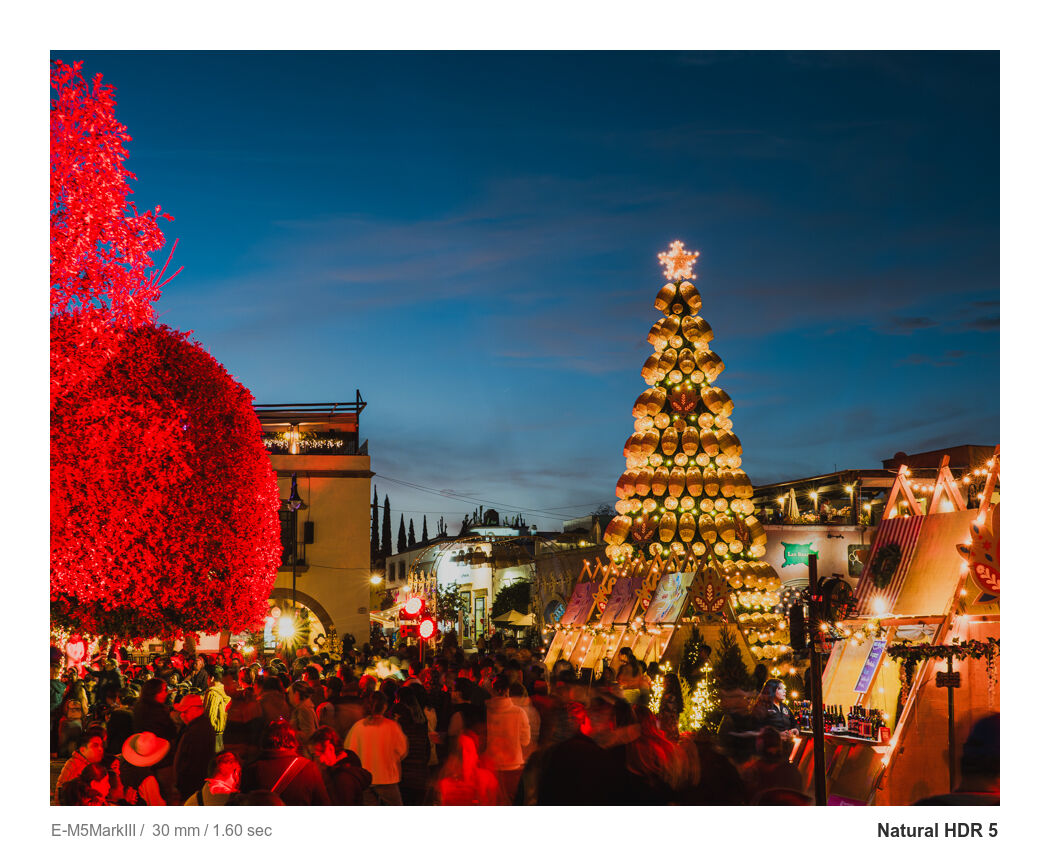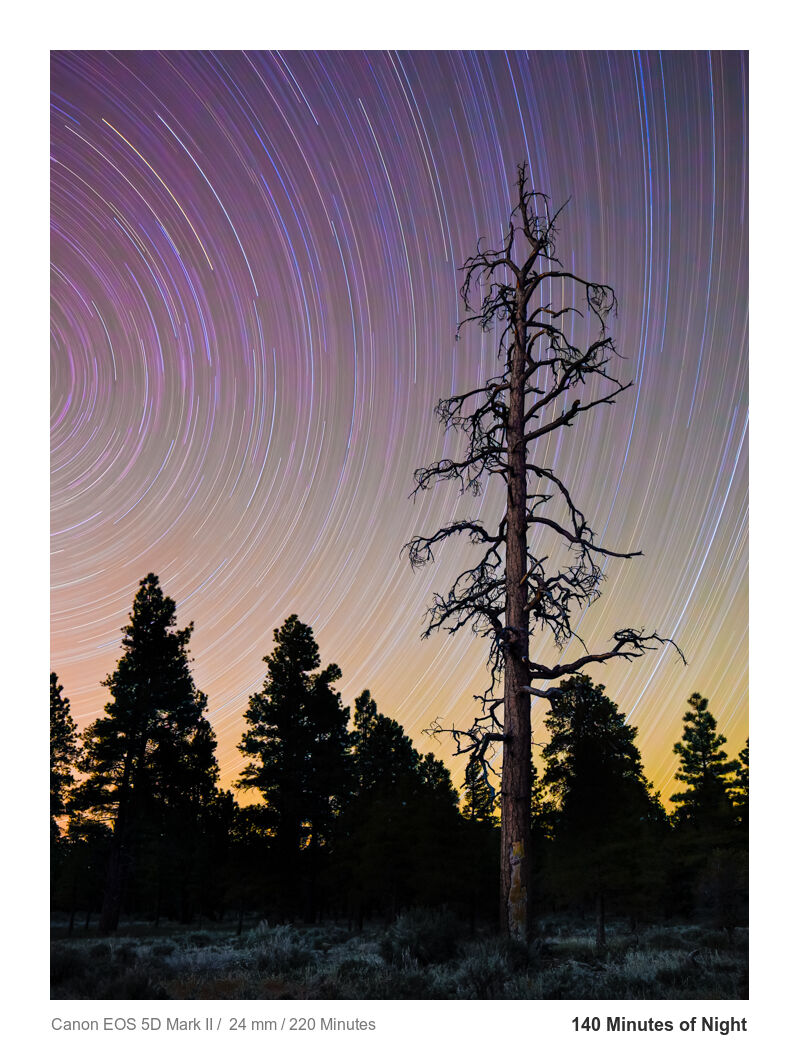Don’t ask what the story is. Ask what emotion you want to feel.
Next to shadow, I think SHUTTER SPEED is the most undervalued creative tool. Today, I will show what years of experience have taught me about it. I’ll add shutter speed notes on each photo.
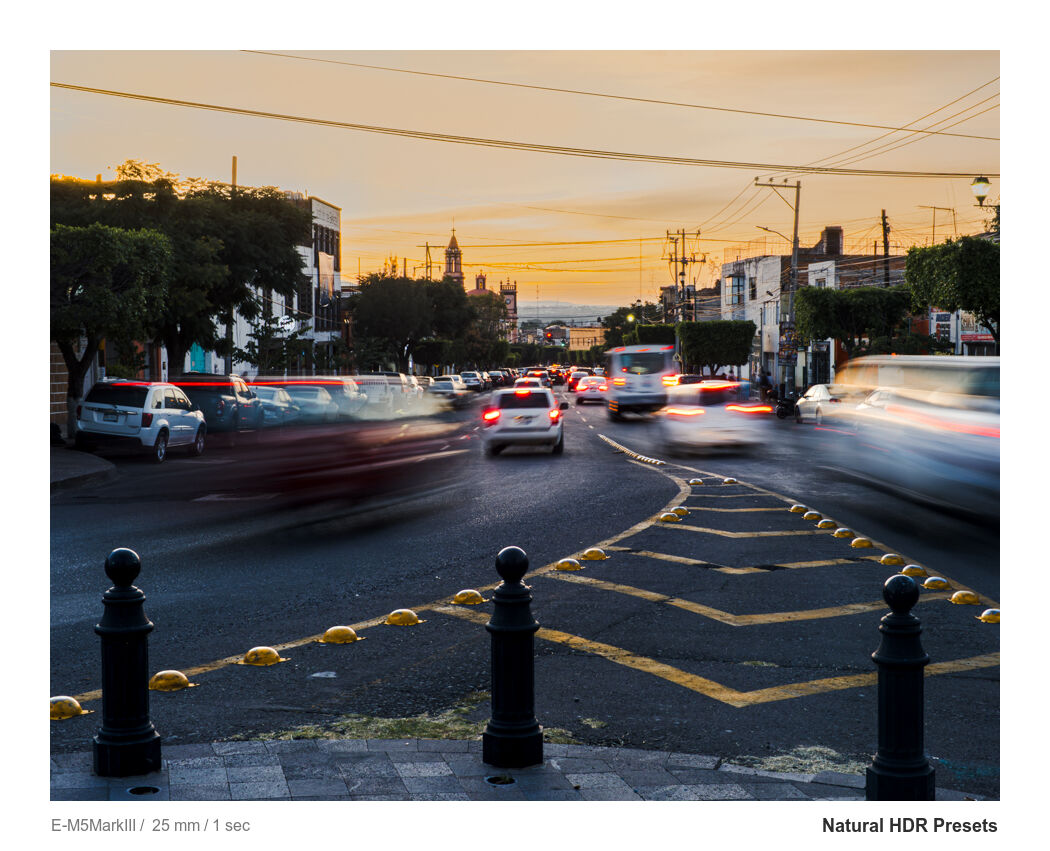
The exact speed matters.
We talk about aperture and bokeh a lot. But the shutter can transform the simple scenes into something beautiful. Something that provoked thought and questions.
I think a lot of new photographers just think slow vs fast. But you can see that nearly every one of these was distinct. Slow for one scene might be 1/30th, but for another, you need 1/2 second.
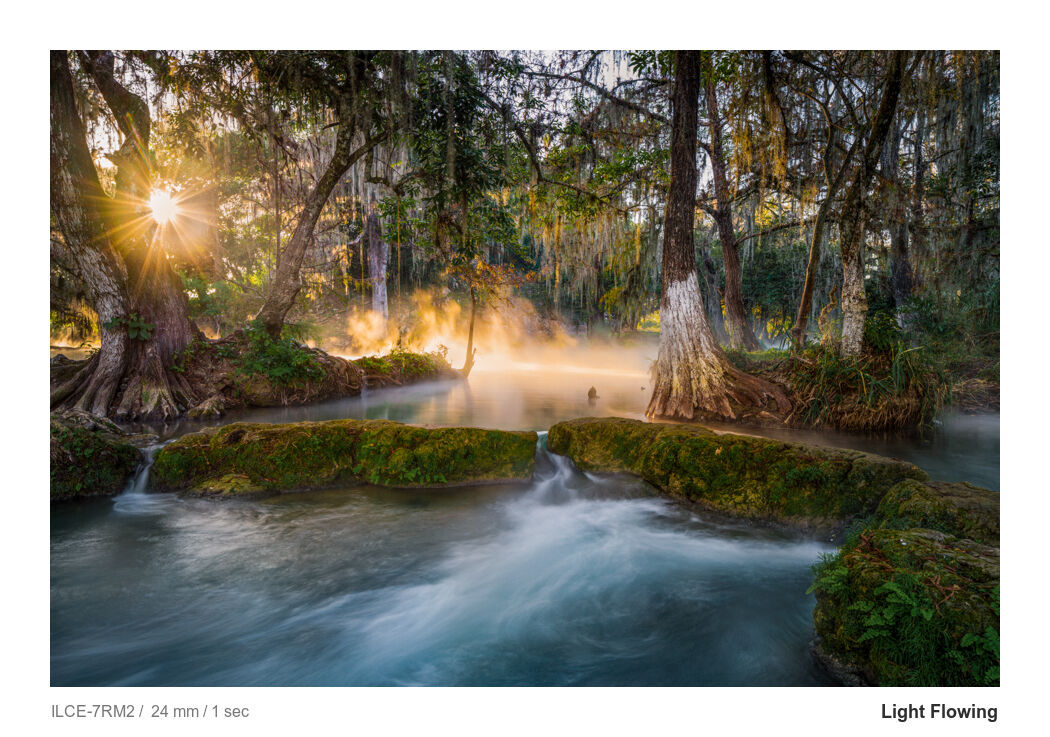
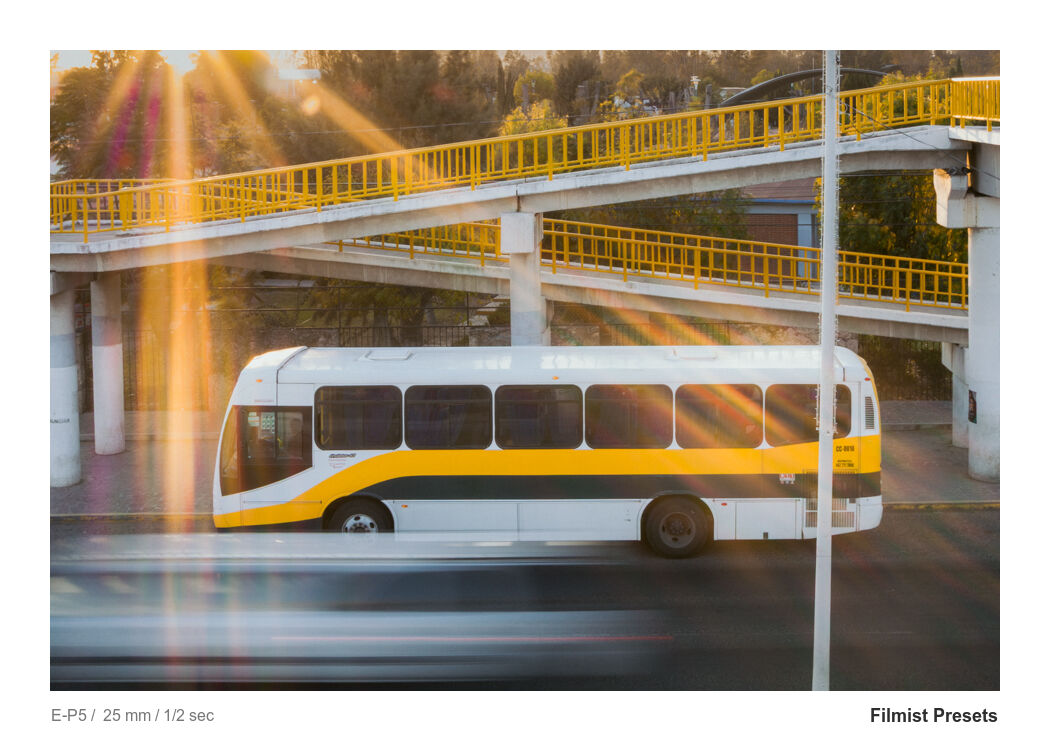
Editing Notes: There’s a wide variety of photos here, so I used everything from Filmist presets to Silver and Alchmeist actions. I tried to note each photo.
It’s Ok to handhold.
Of course, we have the classic slow shutter on a tripod for water or stars, or sparks. This is probably how it is used most. Some love this look, some call it cliché. Exposure from 1 to 15 seconds can yield beauty in moving water.
But a slow shutter is often overlooked in portraits and in documenting. Clearly, there is more risk, as many photos simply do not work. This was done in film days. It’s far more open now. Cameras with IBIS, especially smaller cameras like Micro Four Thirds, have amazing stabilization. This even lets us shoot handheld at over 1-second, creating dreamy movement very different from being on a tripod.
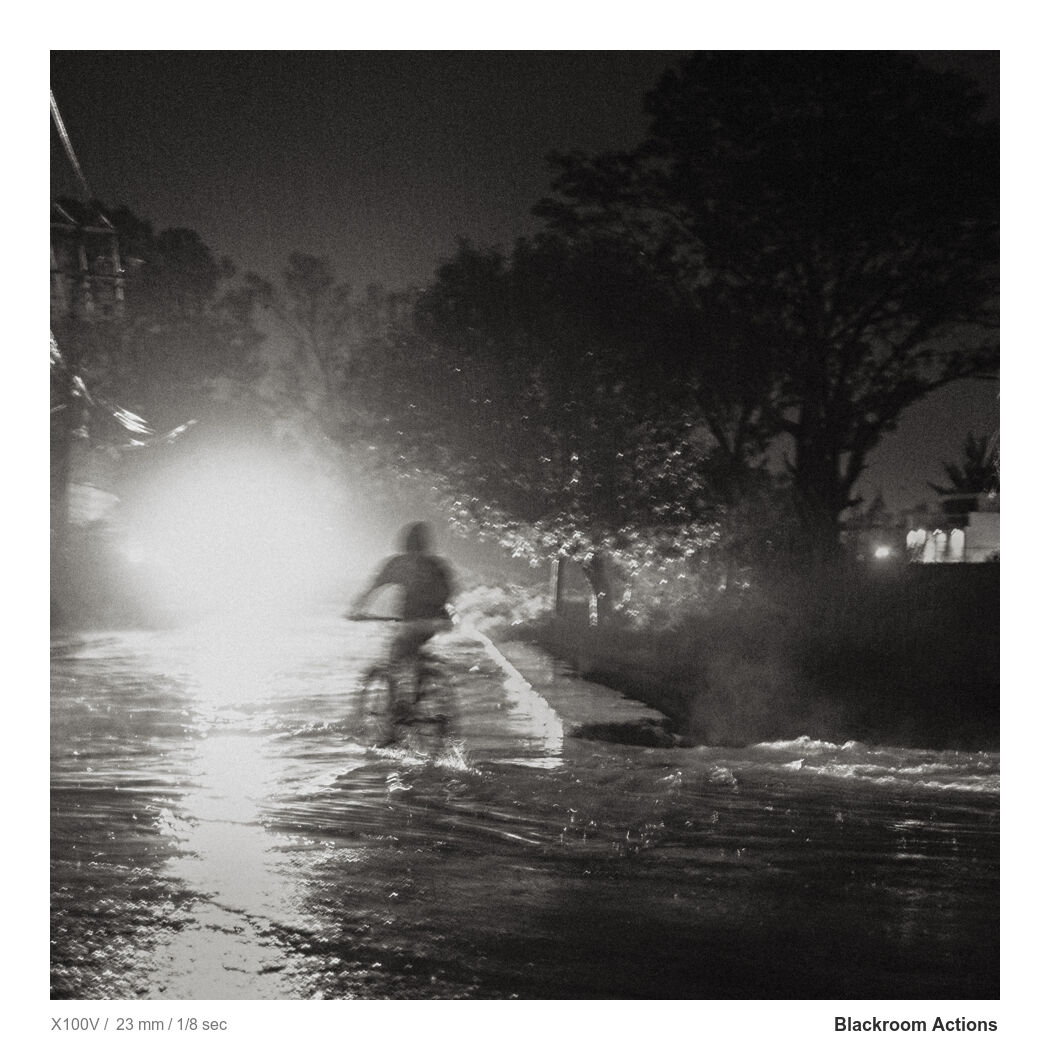
If I need some inspiration, I will often just drop the shutter to 1/4 or even slower and see what happens. Of course, pay attention and don’t forget to go back up if you are doing important work. You don’t want to photograph a whole wedding blurred.
Yes, the pristine landscape here was on a tripod. I love tripods, and you should use them. But in a world of AI where photos need emotion, the movement of hand holding with practice can become magical and ghostly, and still even sharp at critical points.
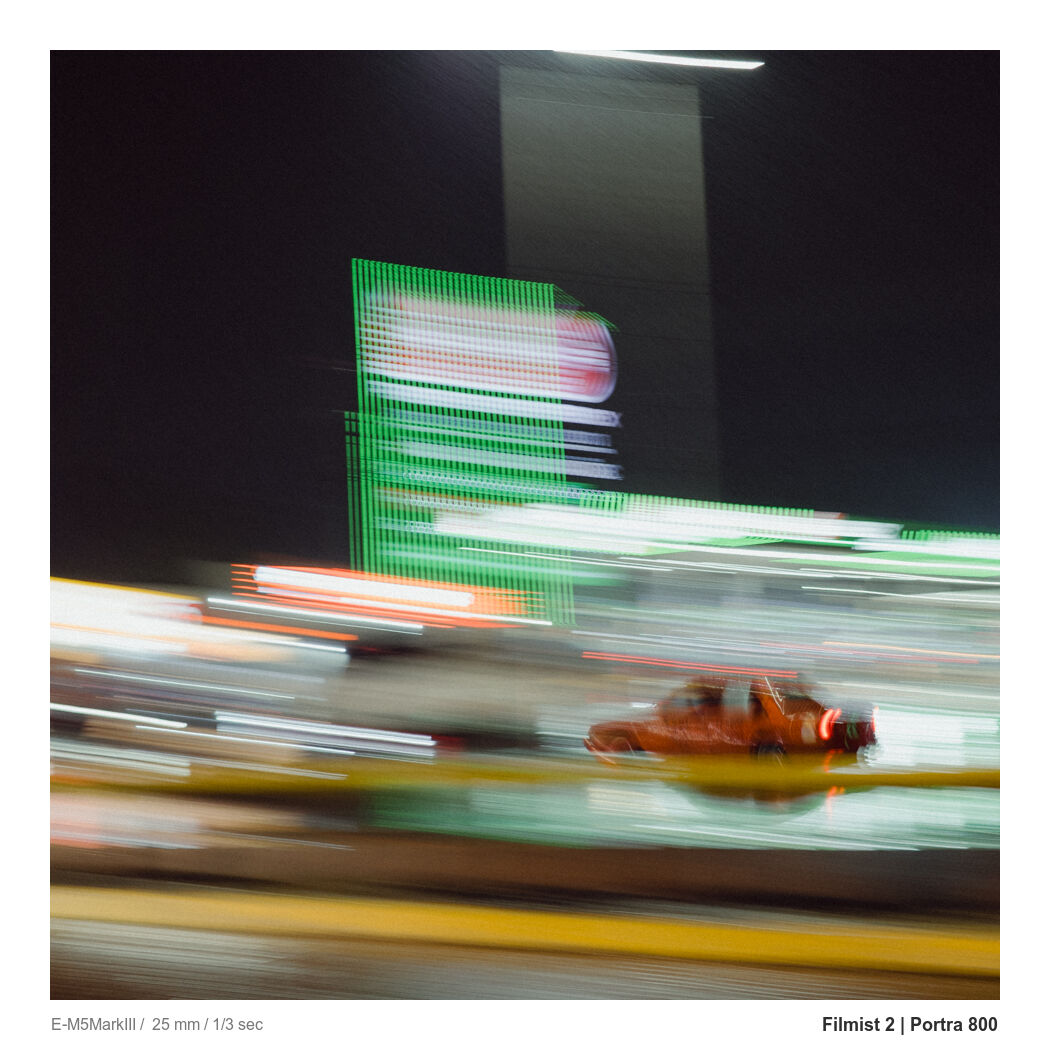
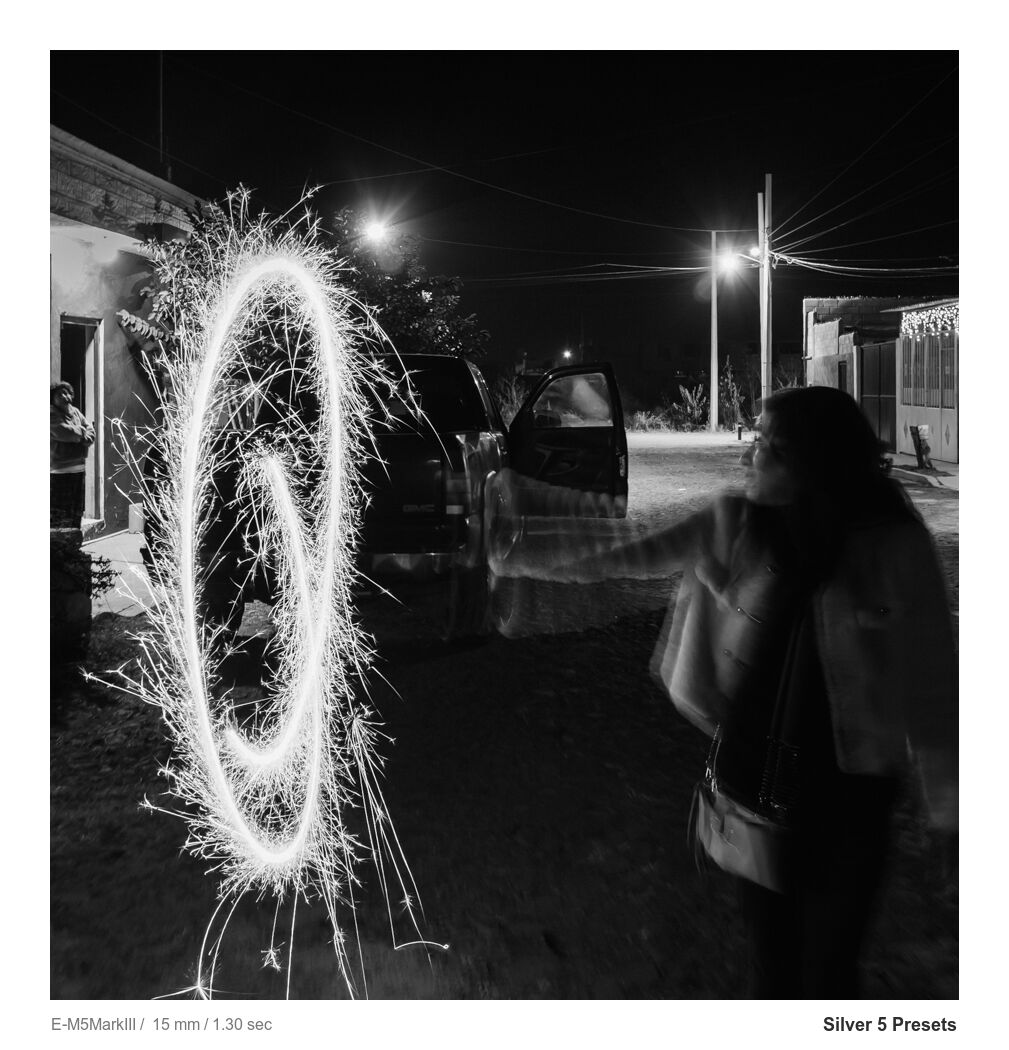
Each time you try a speed, you discover something.
20 years ago, when new and on film, I was the photographer at Motor Speedway. I would always get the essential photos of the cars that I had paid me. But then, being bored and cars went in circles, I would slow the shutter speed and do creative panning. While some failed, many did now, and these images created motion, and the drivers loved them.
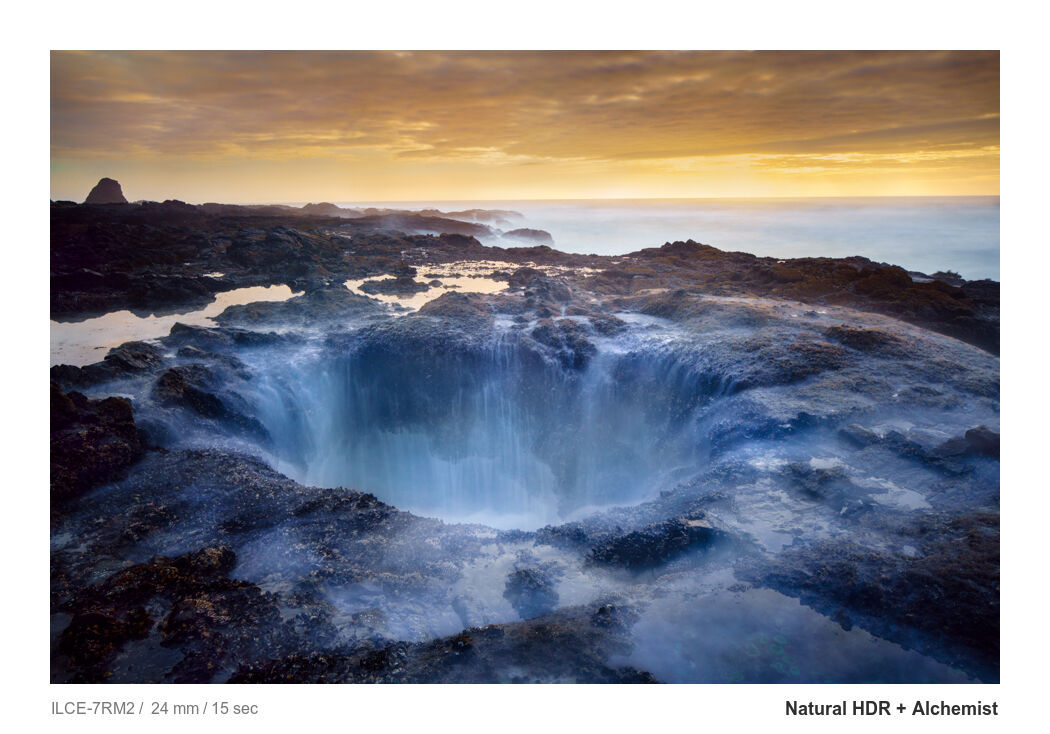
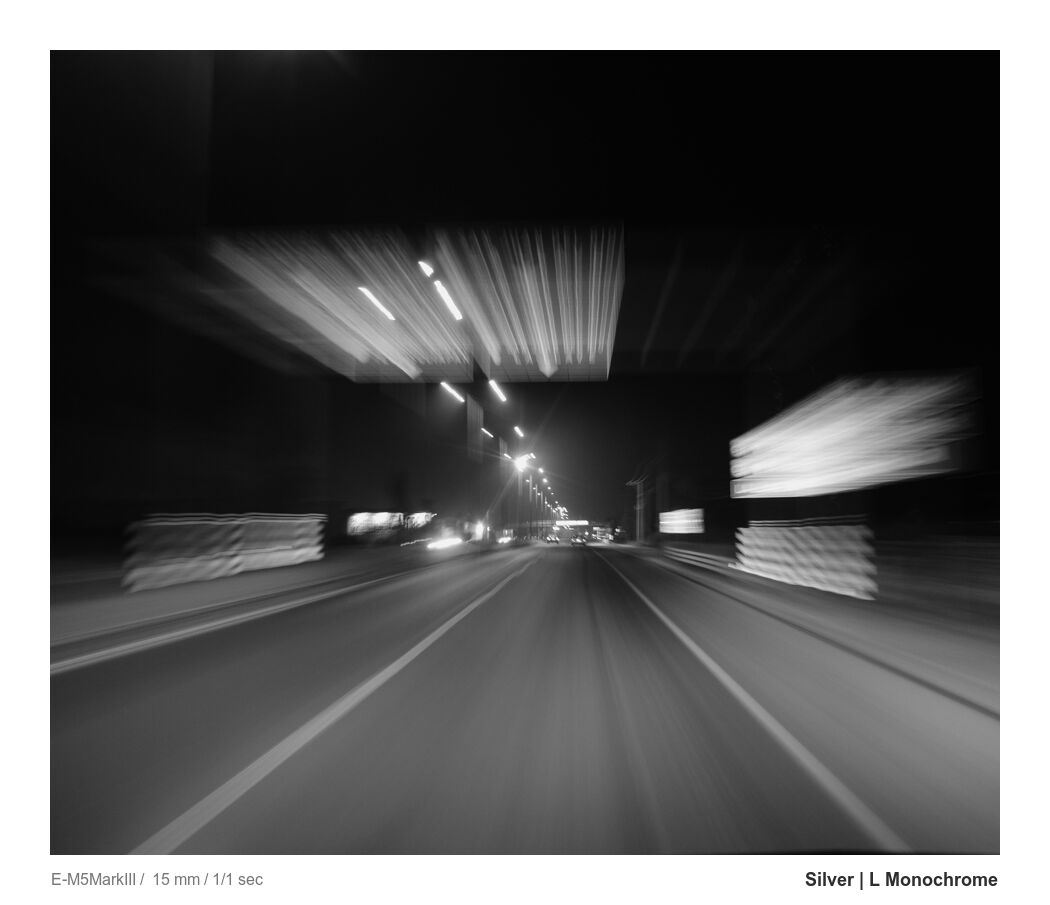
It’s not easy. Don’t get frustrated.
Blurring photos on accident is easy. Blurring them with intent takes time.
In a digital world, we often think that having a good camera and its ability to take good photos make us photographers. But anyone can hit a good photo sometimes, without training. But if you think that way, you will always be a commodity. You might get paid, but you will never achieve your full potential.
When we seek emotion in photos and test our limits. We get so skilled at the basics that we start exploring even in the middle of a job with confidence. That is when you realize why it takes many years to master the art.
Gavin Seim

